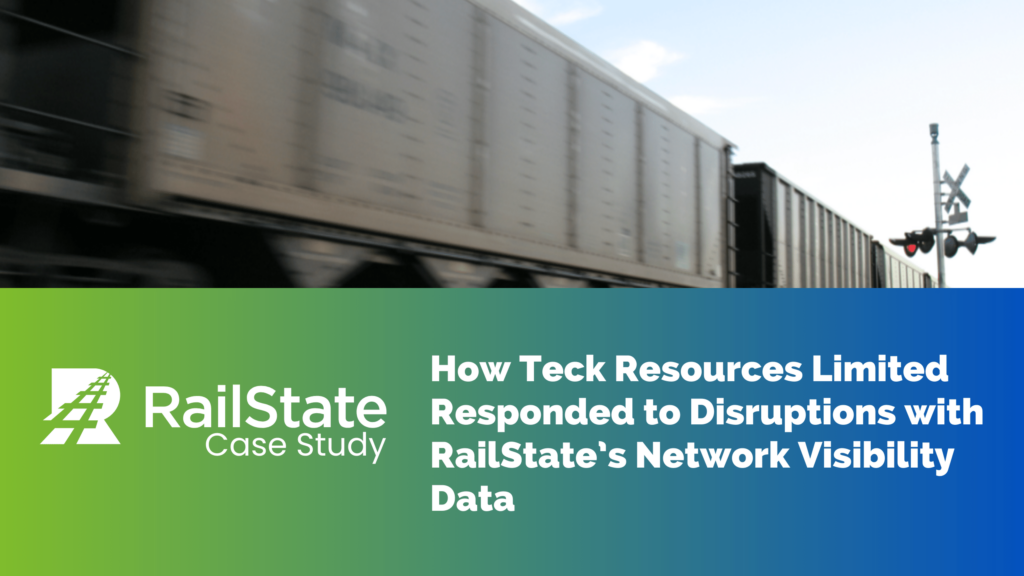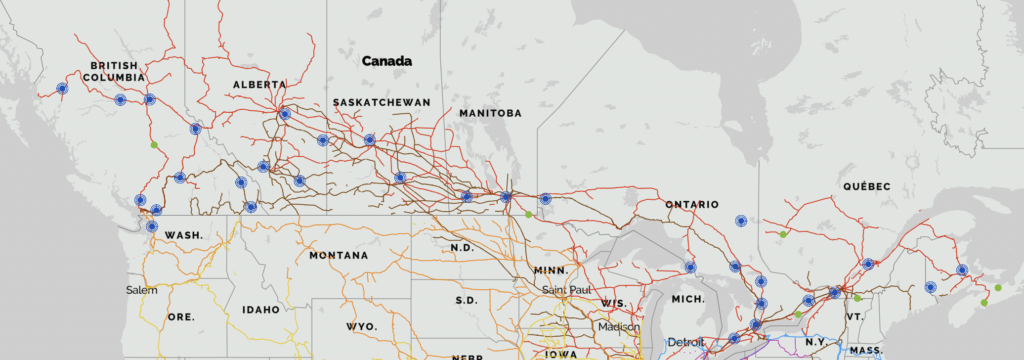With a larger grain harvest expected this year, our customers and others are concerned about rail capacity at the Port of Vancouver.
- How it works
- Who it’s forShippersPublic SectorFinancial
- Use casesShippersPublic SectorFinancial
- Resources
- Company
- How it works
- Who it’s forShippersPublic SectorFinancial
- Use casesShippersPublic SectorFinancial
- Resources
- Company





